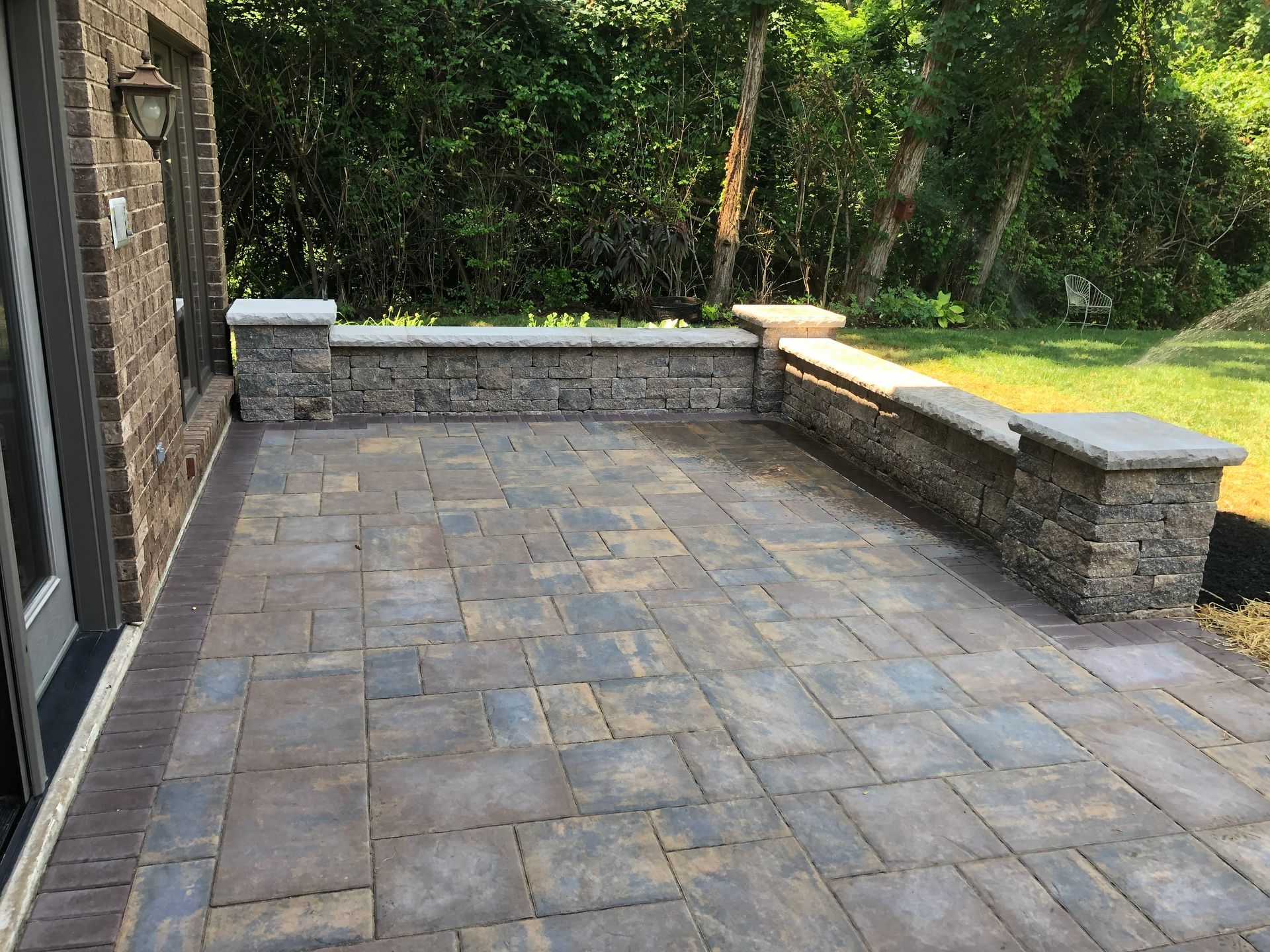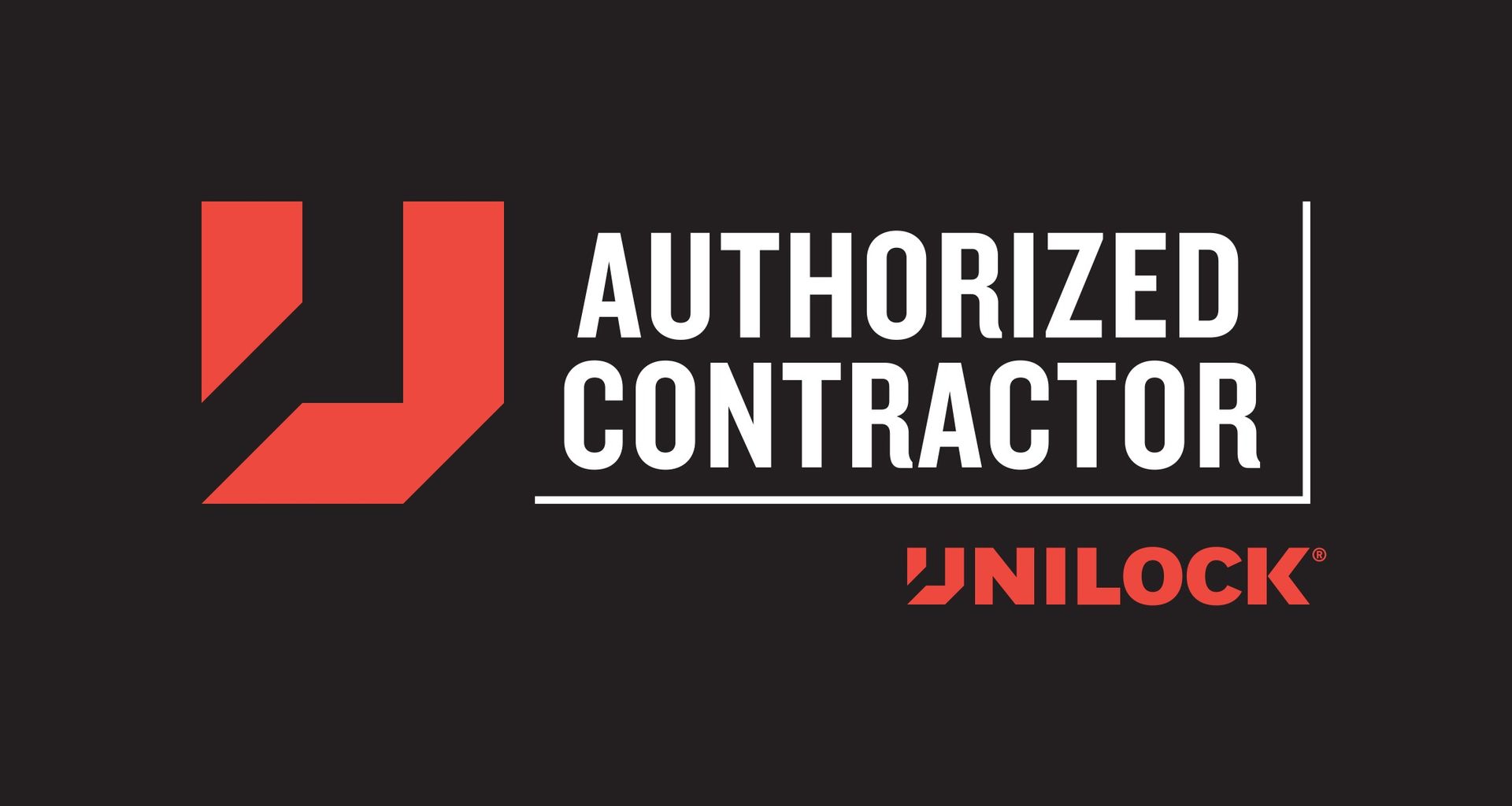How to Choose the Perfect Hardscape Features for Your Backyard
Adam Lawson • April 22, 2025
Transforming your backyard into a functional and beautiful outdoor space starts with choosing the right hardscape features. Patios, walkways, retaining walls, and fire pits can elevate your yard’s aesthetic and usability, but selecting the perfect elements depends on your lifestyle, needs, and budget. This guide breaks down each feature, offering practical tips to help you make informed decisions.
Understanding Hardscaping and Its Benefits
Hardscaping refers to the non-living, structural elements of your landscape, such as stone patios, concrete walkways, or brick retaining walls. Unlike softscaping (plants and trees), hardscape features provide durability, low maintenance, and defined spaces for activities. They can increase property value, enhance outdoor living, and create year-round functionality.
Before diving into specific features, assess your lifestyle and goals:
- Do you love hosting gatherings or prefer quiet relaxation?
- How much maintenance are you willing to commit to?
- What’s your budget for installation and upkeep?
With these questions in mind, let’s explore the four key hardscape features: patios, walkways, retaining walls, and fire pits.
1. Patios: Your Outdoor Living Room
A patio is the cornerstone of many backyards, serving as a versatile space for dining, lounging, or entertaining. Choosing the right patio involves balancing style, function, and cost.
Lifestyle Considerations
- Entertainers: If you host frequent barbecues or parties, opt for a spacious patio (at least 400 square feet) with room for seating, tables, and a grill. Materials like stamped concrete or large pavers offer a polished look.
- Families: For kid-friendly spaces, choose slip-resistant surfaces like textured pavers or flagstone. Consider adding a shaded area with a pergola for playtime.
- Relaxation
Seekers: A smaller, cozy patio (150–200 square feet) with comfortable furniture and a sleek design suits intimate settings.
Material Options and Budget
- Budget-Friendly ($10–$20 per square foot): Concrete is affordable, durable, and customizable with stains or stamps. Gravel patios are even cheaper but require more upkeep.
- Mid-Range
($10–$35 per square foot): Brick or concrete pavers offer a classic look and easy repairs. They’re ideal for DIY projects to save on labor.
- High-End
($35–$50+ per square foot): Natural stone like flagstone or bluestone provides timeless elegance but requires professional installation.
Pro Tip
Measure your space and mock up your patio layout with string or chalk to visualize the size. Ensure proper drainage to avoid water pooling, especially in rainy climates.
2. Walkways: Guiding the Way
Walkways connect different areas of your backyard, adding both function and charm. They guide foot traffic, protect your lawn, and enhance the overall design.
Lifestyle Considerations
- Frequent Use: For high-traffic paths (e.g., from the house to a garage), choose durable materials like concrete or brick that withstand wear.
- Aesthetic Focus: If the walkway is decorative, such as a winding path through a garden, irregular flagstone or stepping stones create a natural, whimsical feel.
- Accessibility Needs: For elderly family members or stroller access, ensure a smooth, wide (at least 4 feet) walkway with minimal elevation changes.
Material Options and Budget
- Budget-Friendly
($3–$10 per square foot): Gravel or mulch walkways are inexpensive and easy to install but need regular replenishment.
- Mid-Range ($10–$20 per square foot): Concrete pavers or cobblestone offer durability and style without breaking the bank.
- High-End ($20–$40 per square foot): Slate or granite provides a premium look but requires sealing to maintain its appearance.
Pro Tip
Curved walkways add visual interest but may increase costs due to precise cutting. For budget savings, stick to straight paths or use modular pavers.
3. Retaining Walls: Function Meets Form
Retaining walls manage slopes, prevent erosion, and create usable space in uneven yards. They can also double as seating or garden borders.
Lifestyle Considerations
- Gardeners: Low retaining walls (1–2 feet) can frame raised garden beds, making planting easier. Choose natural stone or wood for a rustic vibe.
- Space
Optimizers: If your yard has a steep slope, tiered retaining walls can create flat areas for patios or play spaces.
- Aesthetic
Enthusiasts: A decorative wall with integrated lighting or a textured finish (e.g., stacked stone) can be a focal point.
Material Options and Budget
- Budget-Friendly ($20–$40 per square foot): Concrete blocks or treated timber are cost-effective and sturdy for basic walls.
- Mid-Range ($40–$70 per square foot): Modular retaining wall systems (e.g., Versa-Lok) offer easy installation and a polished look.
- High-End ($70–$100+ per square foot): Natural stone or custom masonry provides a luxurious finish but requires skilled labor.
Pro Tip
For walls over 4 feet, consult a structural engineer to ensure stability and compliance with local codes. Proper drainage behind the wall is critical to prevent collapse.
4. Fire Pits: Cozy and Inviting
A fire pit creates a warm gathering spot for chilly evenings, extending your backyard’s usability into cooler seasons. It’s a relatively affordable feature with high impact.
Lifestyle Considerations
- Social Hosts: A large, built-in fire pit (4–6 feet in diameter) with surrounding seating is perfect for group gatherings.
- Small-Space Dwellers: A portable fire pit (2–3 feet) works well for compact yards or renters who want flexibility.
- Minimalists: Gas-powered fire pits require less maintenance than wood-burning ones, offering instant ambiance without cleanup.
Material Options and Budget
- Budget-Friendly ($200–$500):DIY fire pit kits or portable metal fire pits are affordable and easy to set up.
- Mid-Range ($500–$1,500): Pre-built stone or brick fire pits offer durability and a custom look.
- High-End ($1,500–$5,000+): Custom gas fire pits with stone veneers or integrated seating elevate luxury.
Pro Tip
Check local regulations for fire pit placement (typically 10–25 feet from structures). Surround the pit with a non-flammable surface like gravel or pavers for safety.
Balancing Lifestyle and Budget
To choose the perfect hardscape features, prioritize based on how you’ll use your backyard. A busy family might invest in a durable patio and safe walkways, while a couple seeking ambiance might splurge on a fire pit and decorative retaining wall. Here’s a quick checklist:
1. Define Your Needs: List must-haves (e.g., seating for 10, a garden path) and nice-to-haves (e.g., a fancy fire pit).
2. Set a Budget: Allocate funds for each feature, factoring in materials, labor, and long-term maintenance.
3. Mix and Match: Combine budget-friendly options (e.g., gravel walkways) with one high-end feature (e.g., a stone patio) for impact.
4. Plan for Phases: If budget is tight, install features over time, starting with essentials like a patio or walkway.
Final Thoughts
Hardscape features like patios, walkways, retaining walls, and fire pits can transform your backyard into an extension of your home. By aligning your choices with your lifestyle and budget, you’ll create a space that’s both functional and inviting. Start small, consult professionals for complex projects, and enjoy the process of building your dream outdoor oasis.
Ready to get started? Sketch your backyard layout, explore material samples at a local supplier, and bring your vision to life!




